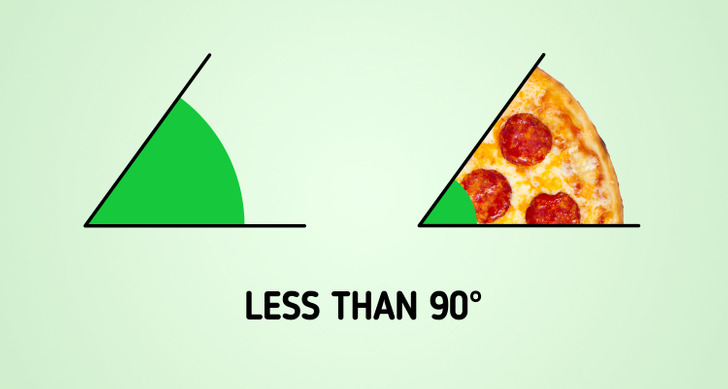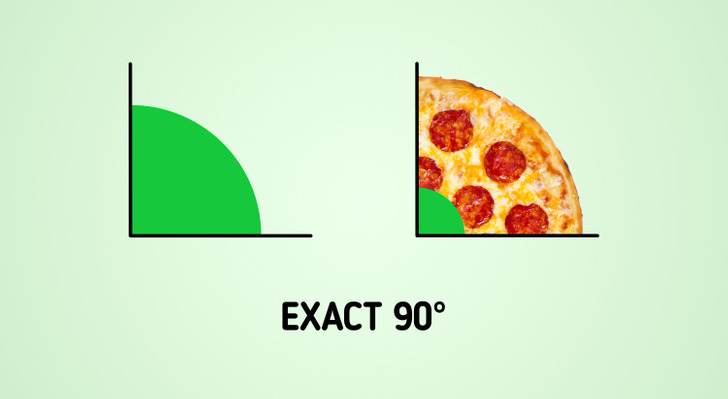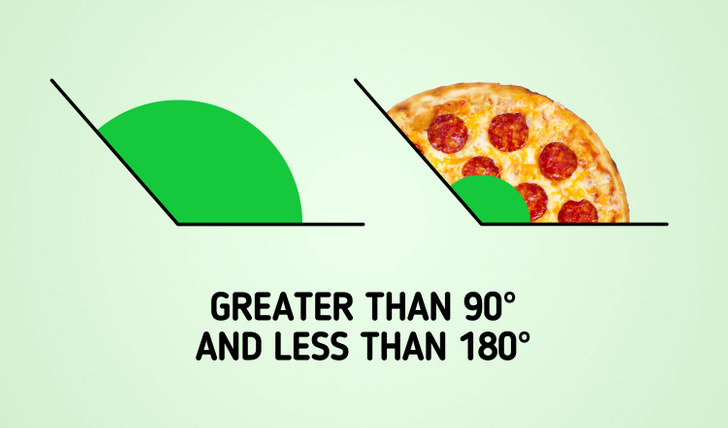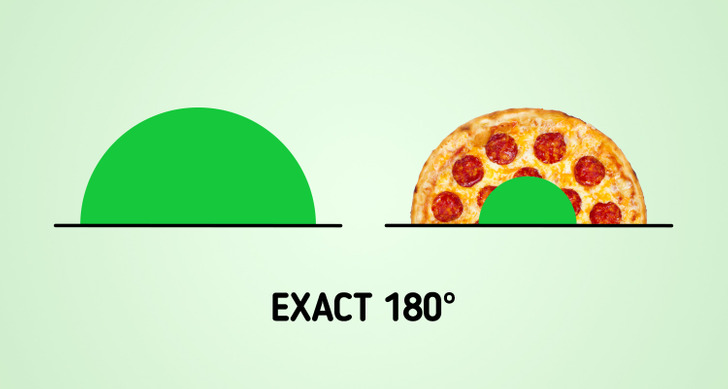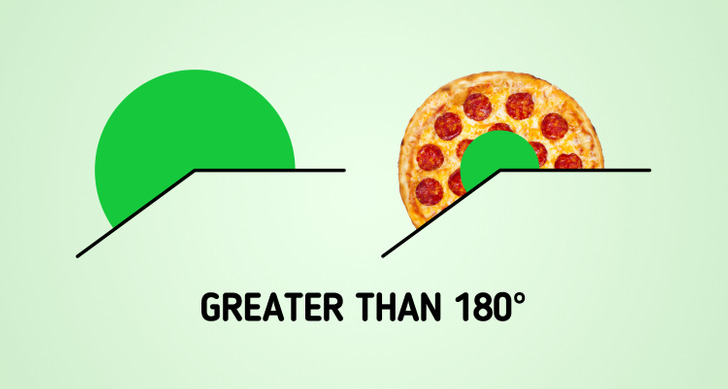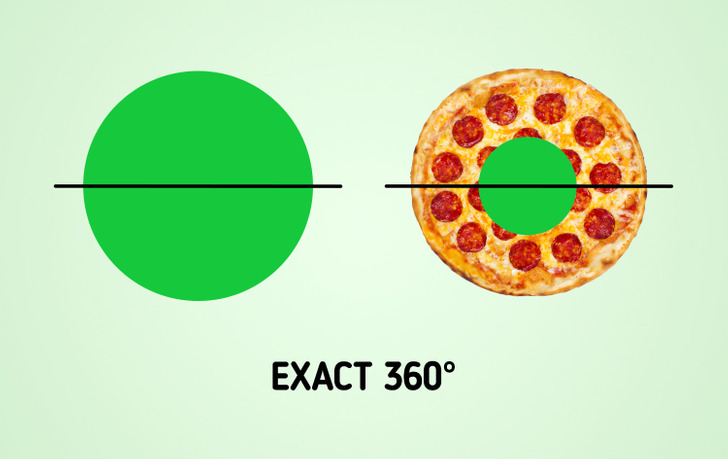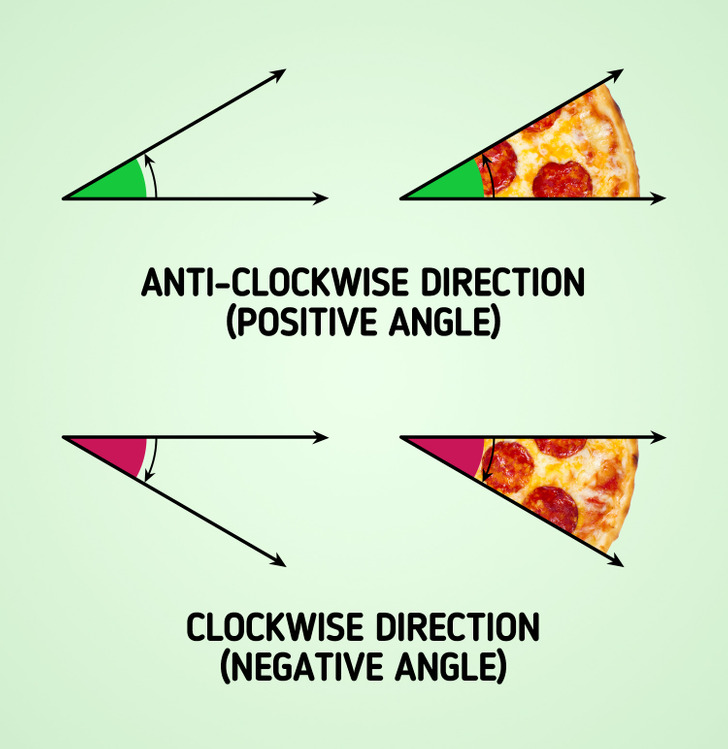What Types of Angles There Are
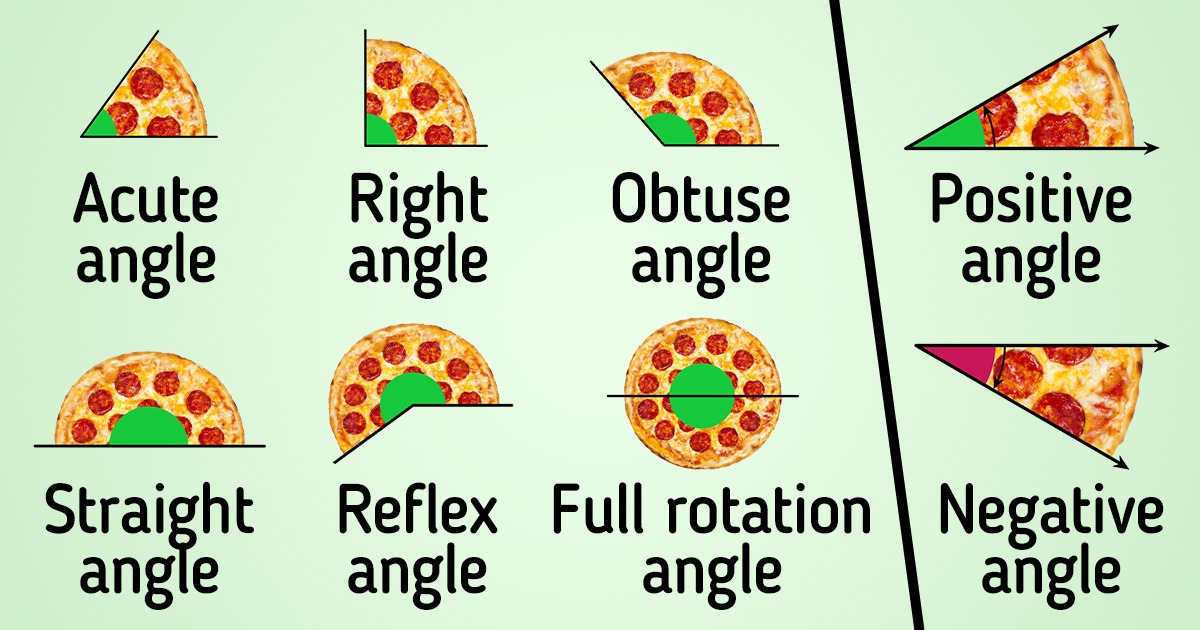
An angle is formed from 2 rays or lines that share a common endpoint. There are different types of angles based on measurements or rotations, including obtuse, right, reflex, straight, positive, negative, and more.
5-Minute Crafts will help you figure out how to tell these different angles apart.
I. Types of angles based on measurement
Acute angle
An acute angle is an angle that is less than 90°. It’s formed when 2 rays or lines intersect at a vertex. For example, 20, 30, 45, and 60-degree angles are considered acute.
Right angle
It’s also known as 90° angle. The right angle is formed when 2 straight lines or rays are perpendicular to each other at the intersection (the angle between them equals exactly 90°). If you want to represent this angle as a symbol, use “∟.”
Obtuse angle
An obtuse angle is an angle that is greater than 90° but less than 180°. For example, 100, 130, 145, and 165-degree angles are obtuse ones.
Straight angle
Reflex angle
Full rotation angle
II. Types of angles based on rotation
- Angles that are turned from the base in the anti-clockwise direction are called positive.
- Negative angles are rotated from the base in the clockwise direction.
